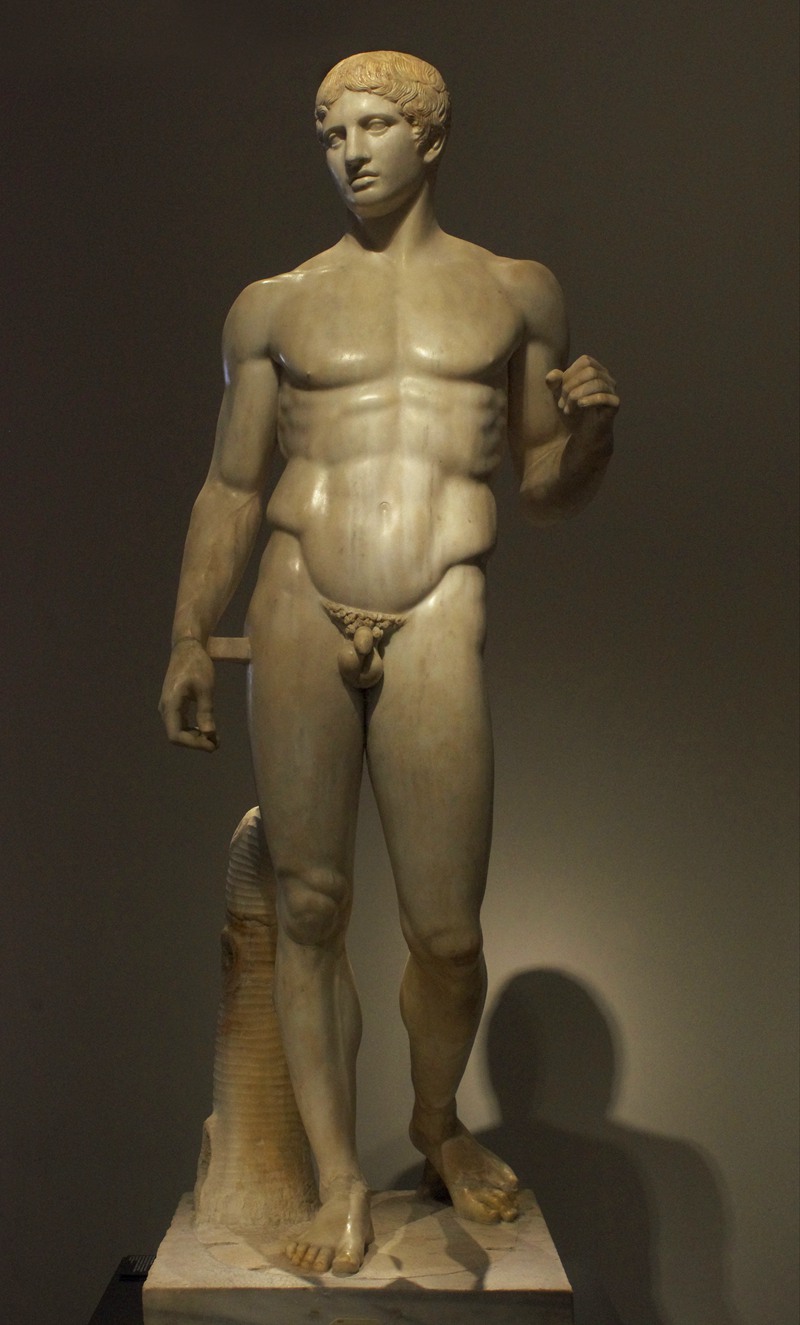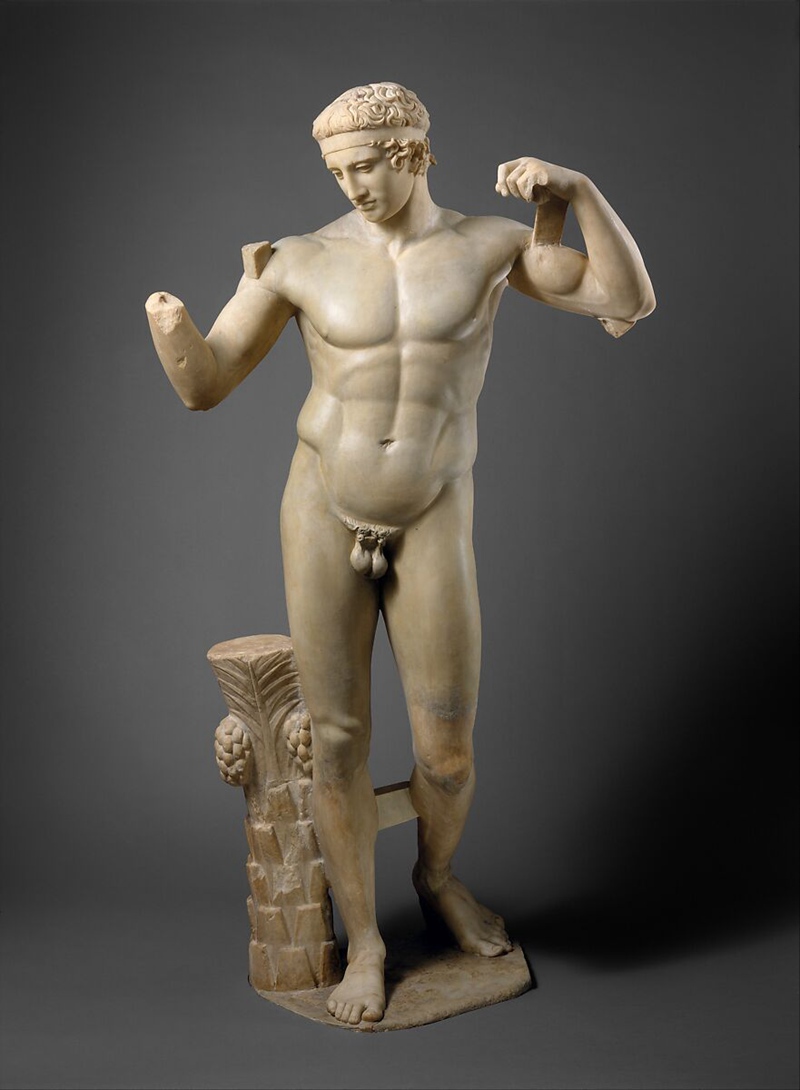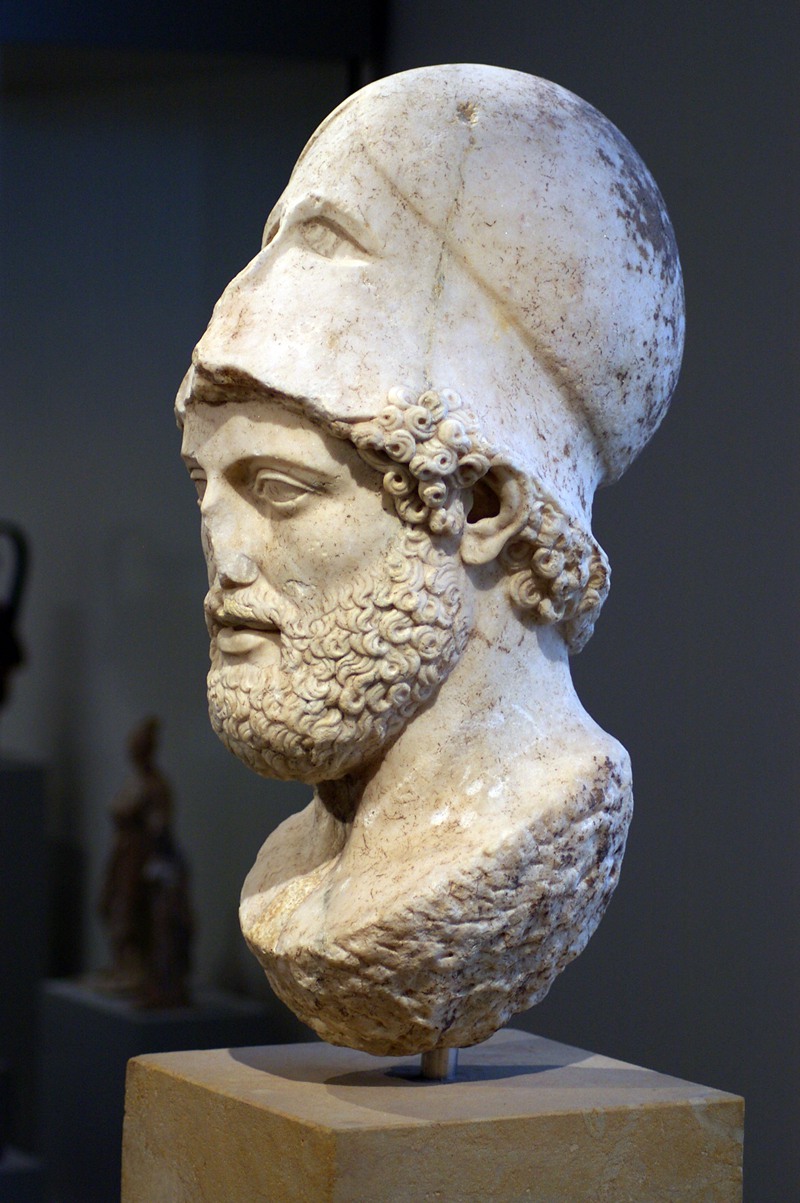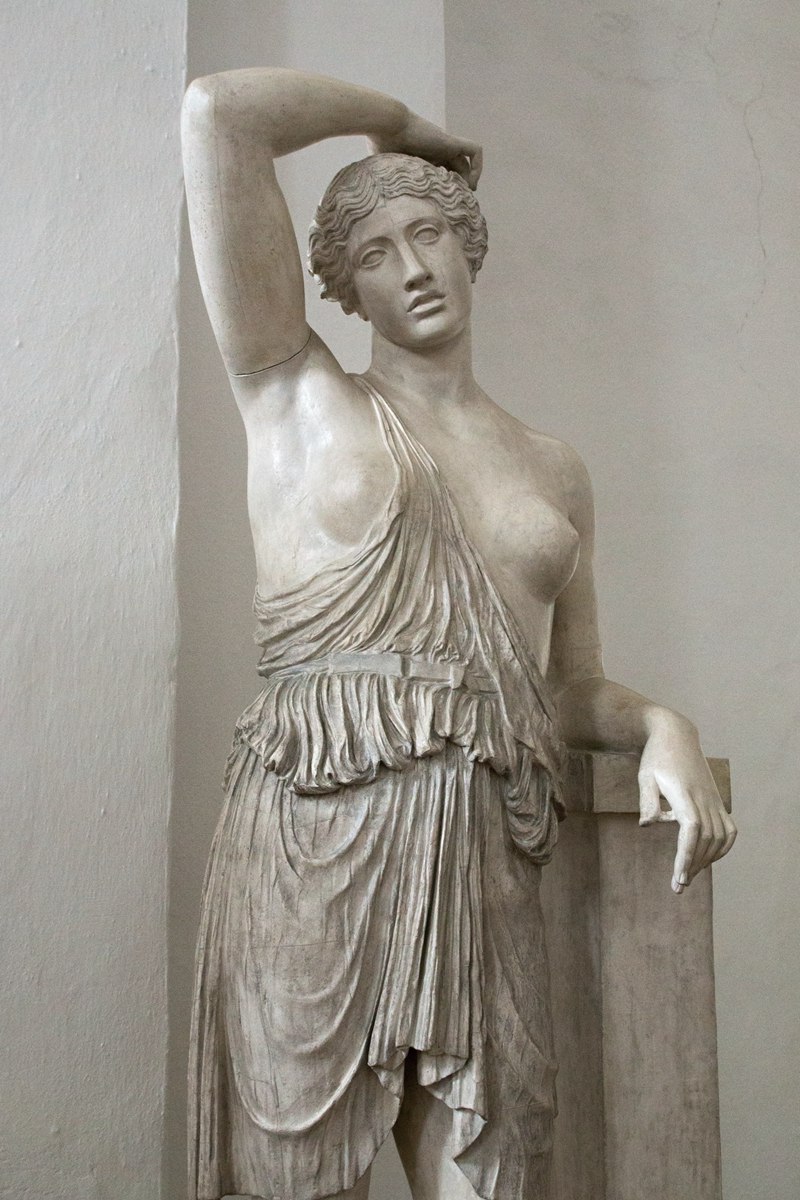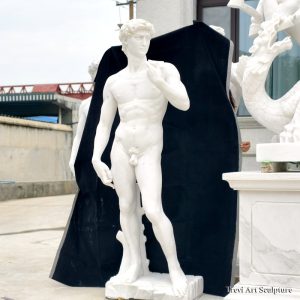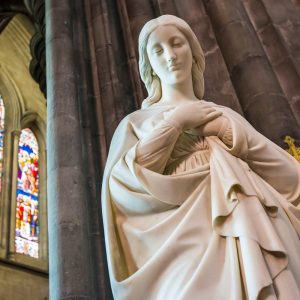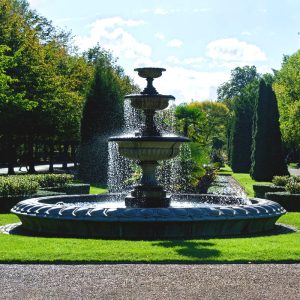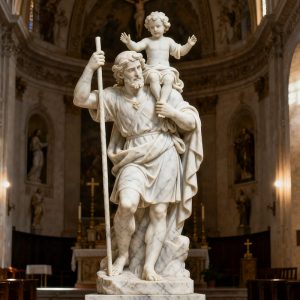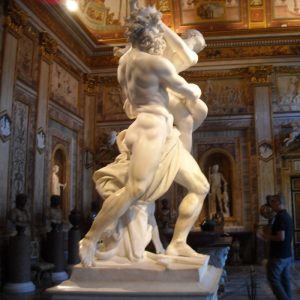Polyclitus and Kresilas were two prominent sculptors of the Classical period in ancient Greece (circa 5th century BCE). Their works and artistic styles significantly influenced the development of sculpture and aesthetics in antiquity. Below is a professional summary of their sculptural styles, representative works, and the differences between them.
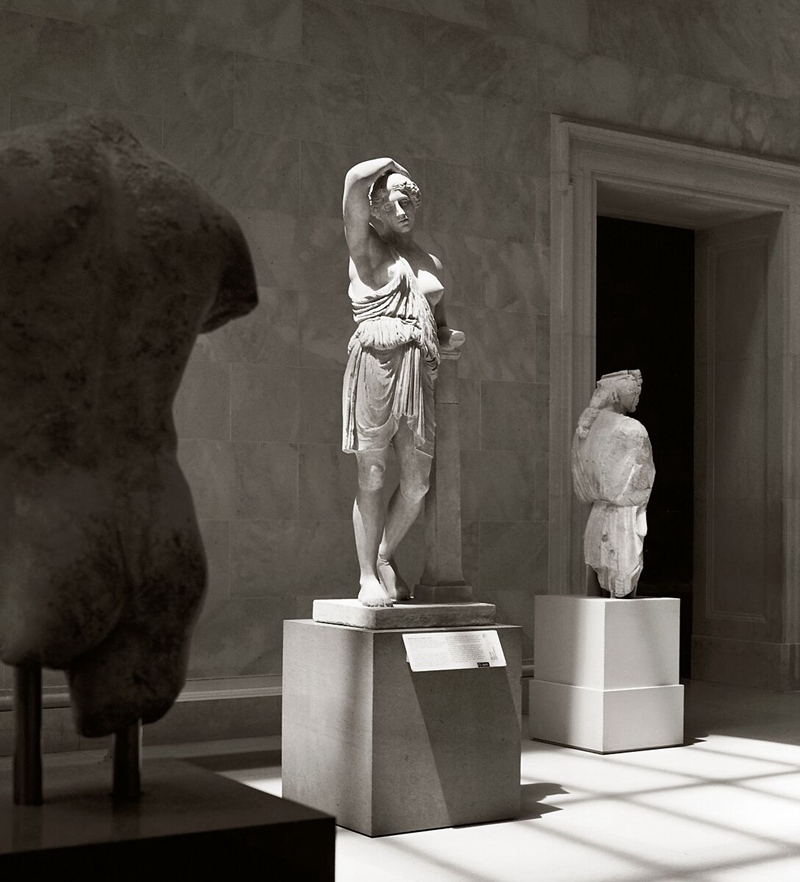
Polyclitus’s Sculptural Style
Focus on Proportion and Balance:
Polyclitus is renowned for studying human proportions, culminating in his theoretical work known as the Canon. He believed that beauty in the human body arises from the harmonious mathematical ratios between its parts. His sculptures exemplify a sense of order and rationality, embodying the ideals of Classical Greek aesthetics.
Dynamic Equilibrium:
Polyclitus was a master of contrapposto—a pose in which the weight is shifted onto one leg, creating a naturalistic balance between tension and relaxation. This technique gives his sculptures a sense of movement and stability at the same time.
Attention to Anatomical Details:
His works meticulously depict the musculature and anatomy of the human body while maintaining an idealized, perfected form. This combination of realism and idealism became a hallmark of his style.
Representative Works
Doryphoros (The Spear Bearer):
This iconic statue of a youthful male showcases Polyclitus’ Canon theory, demonstrating perfect proportions and contrapposto. It is widely regarded as a masterpiece of Classical Greek sculpture and an embodiment of ideal human beauty.
Diadumenos (Youth Tying a Fillet):
This sculpture portrays a young man tying a headband, displaying an elegant and natural posture that highlights Polyclitus’s skill in rendering dynamic yet balanced forms.
Kresilas’s Sculptural Style
Heroic Idealization:
Kresilas focused on portraying heroic and noble qualities. His sculptures often emphasized the grandeur and dignity of his subjects through idealization, imbuing them with a sense of moral and emotional elevation.
Expression of Emotion:
Unlike Polyclitus’s rational and balanced approach, Kresilas’s works often conveyed a sense of solemnity and emotional depth. His sculptures aimed to evoke admiration and reverence for the subject’s heroic qualities.
Refinement in Detail:
Kresilas paid close attention to details, particularly in facial expressions and the intricate folds of drapery, to enhance his works’ sense of majesty and gravitas.
Representative Works
Portrait of Pericles:
This statue depicts the Athenian statesman Pericles wearing a helmet, with an expression of solemnity and authority. It reflects Kresilas’s ability to convey the dignity and leadership of his subject.
Wounded Amazon:
Kresilas’ entry in the competition to depict an Amazon warrior portrays a wounded yet composed figure, reflecting the heroism and stoicism of the subject even in suffering.
Differences in Style
| Aspect | Polyclitus | Kresilas |
| Theme | Focused on depicting the idealized human form, emphasizing physical perfection. | Focused on heroic individuals, emphasizing their noble and exalted qualities. |
| Aesthetic Approach | Rational, harmonious, and mathematical, emphasizing balance and symmetry. | Emotional, heroic, and grand, emphasizing character and moral strength. |
| Dynamic Representation | Mastered contrapposto to create naturalistic and dynamic poses. | Less dynamic, with figures often appearing more static and dignified. |
| Anatomical Detail | Precise depiction of muscles and anatomy, showcasing naturalism and structure. | Details support emotional and heroic expression rather than anatomical precision. |
| Key Works | Doryphoros, Diadumenos. | Portrait of Pericles, Wounded Amazon. |
Polyclitus and Kresilas represent two distinct yet complementary approaches to Classical Greek sculpture. Polyclitus’s work embodies the rational pursuit of ideal beauty, with its emphasis on proportion, balance, and harmony. In contrast, Kresilas’ sculptures focus on the heroic and emotional aspects of his subjects, portraying their grandeur and moral strength. Together, their styles reflect the dual ideals of Classical Greece: the intellectual search for perfection and the admiration for heroic virtue.
